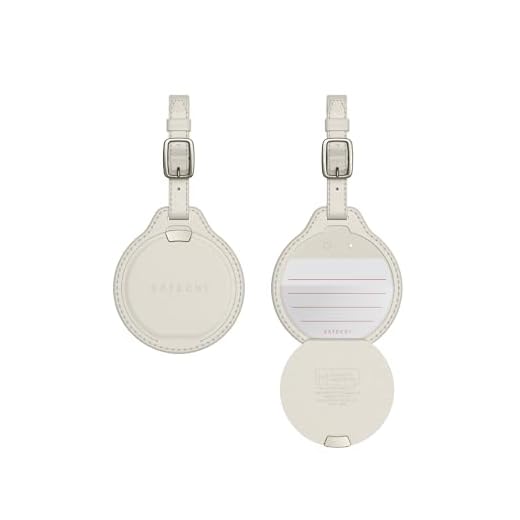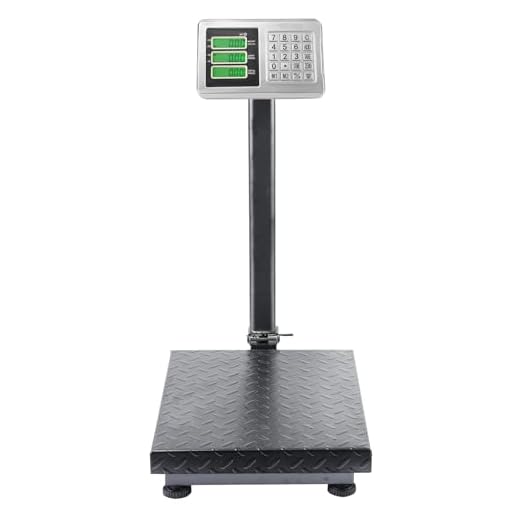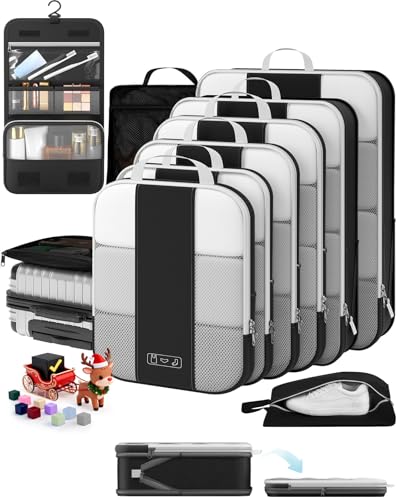





For travelers looking to manage expenses, the decision between sending belongings ahead or including them during transit can significantly impact the budget. Immediate calculations show that utilizing shipping services often proves to be a more economical option compared to airline fees for extra weight. Based on surveys, average fees for checked items on common carriers can reach up to $75 per bag, while shipping costs may start as low as $20, depending on size and weight.
Consider the convenience factor as well: shipping typically allows for a more flexible schedule, potentially reducing the stress associated with checking items at the airport. Research indicates that customers frequently report savings of 30% or more when opting for delivery to their destination instead of the traditional methods used by airlines. Additionally, factor in potential charges incurred for excess baggage, which can quickly escalate if you exceed your airline’s weight limits.
Through careful analysis of your specific situation–such as your travel itinerary, the quantity and weight of your items, and time constraints–you can determine which method aligns better with your financial goals. Whether it’s mailing ahead or packing your things during travel, understanding the costs involved is essential for making an informed choice.
Is it Less Expensive to Ship Items or Travel with Them?
Shipping items often proves to be a worthwhile alternative compared to taking them along. Calculating the costs involves various factors:
- Weight and Dimensions: Shipping charges are primarily determined by weight and package size. Check carrier websites for real-time quotes based on these parameters.
- Carrier Options: Prices may vary significantly among different logistics companies. Compare services like UPS, FedEx, and USPS to find the best rates.
- Prepaid Shipping: Pre-purchasing a shipping label can sometimes offer discounts. This can reduce expenses and streamline the process.
- Insurance and Tracking: While both options might charge for additional services, the choice to insure items during shipment may add a level of security that’s worth the investment.
- Airport Fees: Numerous airlines charge extra for checking bags, especially for larger or heavier items. Factor these potential fees into the final cost analysis.
- Time Sensitivity: Consider how quickly items need to arrive. Express services typically incur higher costs, whether shipping or checking in at the airport.
- Travel Convenience: Moving without bulky items may enhance the travel experience. Consider the convenience of lighter travel against the expenses associated with shipping.
Making a decision requires a detailed cost-benefit analysis tailored to individual needs. Collecting quotes and assessing personal circumstances will yield the most informed choice.
Comparing Costs of Airline Baggage Fees and Shipping Services
Opting for ground transportation of belongings often proves to be more economical than checking them in at the airport. Evaluate the fees associated with major airlines, which can range significantly depending on the destination and the weight of your items. For instance, additional charges for overweight or extra bags can quickly add up, sometimes exceeding a standard shipping rate.
Cost Breakdown
Shipping providers typically have transparent pricing models. Ensure to compare rates for different weights and dimensions. Some services offer flat rates for defined zones, which can be advantageous for large or heavy items. Furthermore, consider additional expenses that may arise, like handling fees or fuel surcharges, which might also apply to airline excess baggage.
Insurance and Tracking
Shipping services generally include tracking options and may offer insurance against loss or damage, adding value to your expenditure. Airline services provide limited liability for checked items. Therefore, while looking at the overall cost, factor in the potential protection against loss, which can influence your final decision.
Your decision may also relate to convenience; shipping bulky items can save hassle at the airport, and there are no long lines or potential delays associated with check-in processes. If you are preparing concrete surfaces at your destination, consider the best pressure washer psi for concrete to ensure your tasks proceed smoothly upon arrival.
Understanding Weight Limits and Size Restrictions for Luggage
Prior to deciding how to transport your belongings, it’s vital to familiarize yourself with the specific weight and dimension parameters enforced by airlines and shipping companies. Airlines typically impose strict limitations, often capping weight at 50 pounds for checked items and 15-40 pounds for carry-ons, contingent on the carrier. On the other hand, shipping services generally offer more flexible allowances, with many providers permitting packages up to 150 pounds or more, depending on the service level chosen.
Size constraints also vary; most airlines restrict checked items to dimensions of 62 linear inches (length + width + height). Carry-on baggage dimensions typically hover around 22 x 14 x 9 inches. In contrast, logistics companies may allow larger dimensions for freight services. It’s beneficial to specify the details of your package before committing to a service provider.
Consideration of excess baggage fees is important as well. Airlines may charge significant fees for items exceeding weight or size limits. Familiarizing yourself with the rules outlined on the airline’s website helps avoid unexpected costs. Similarly, some shipping options incorporate shipment tracking and door-to-door service, potentially providing added value beyond mere weight considerations.
Be aware that packing effectively can minimize issues. Opt for sturdy, lightweight materials and arrange items strategically to maximize space. For those considering outdoor items, ensure that your choices, such as a best place to buy a beach umbrella jensen beach or the best garden umbrellas canada, fit comfortably within these guidelines while protecting your investment and ensuring a smooth transition.
Calculating Time Factors for Shipping vs. Airport Check-in
Prioritize the timeline when determining whether to send your belongings or transport them directly. The overall duration involves several stages: preparation, transit, and pick-up or retrieval. Assess the time lost at the check-in counter, possible delays at security, and the boarding process against the shipping timeline.
Time Assessment
Shipping typically allows for advanced arrangements, meaning you can schedule pick-up days ahead. The table below outlines standard timeframes for both methods:
| Method | Preparation Time | Transit Duration</th | Collection Time |
|---|---|---|---|
| Airport Check-in | 1-3 hours on the day of travel | Variable (based on flight duration) | Immediately post-arrival |
| Shipping Service | 1-2 days before travel | 2-6 days (dependent on destination) | Scheduled delivery time |
Waiting Period Considerations
At the airport, travelers may experience waiting times ranging from minutes to hours, particularly during peak seasons. Conversely, delivery timelines for shipping vary based on distance and service type. Consider potential delays due to weather or logistics that could impede the arrival of your items. This may influence which option suits your requirements better. If timely receipt is crucial, ensure chosen services align with your schedule.
Evaluating Insurance Options for Lost or Damaged Baggage
Research various insurance solutions tailored for lost or damaged personal items. Consider travel insurance policies that explicitly cover belongings during transit. Verify coverage limits, as many standard policies may not adequately reimburse the full value of high-end items.
Assess the claims process for each option. Some insurers require extensive documentation for losses, such as receipts and photographs, which can complicate and lengthen the reimbursement timeline. Prioritize insurers with straightforward claim processes.
If shipping your personal goods, examine whether the carrier provides built-in insurance. Make sure to review liability limits and any exclusions, particularly for fragile or high-value items. Buyers may need to purchase additional coverage directly from the shipping provider.
Document all items before departure, including digital records of their condition. This practice is crucial for substantiating claims in the event of damage or loss. Retain all receipts and shipping documentation as it can expedite the claims settlement process.
Ultimately, understanding your options for protecting your belongings is essential. Balance the cost of coverage against potential losses to ensure you make an informed decision regarding your personal items during travel.
Assessing Convenience: Door-to-Door Delivery vs. Airport Pickup
Choosing between home delivery and handling your belongings at the airport hinges on convenience factors. Door-to-door services eliminate the need for airport terminal navigation and the hassle of carrying items through crowded spaces. Families with children or those traveling in groups benefit significantly as they can bypass long lines at check-in and security.
Opting for delivery directly to your destination allows for a more streamlined experience. Your parcels can arrive ahead of your departure, relieving you from the burden of managing them during transit. This option is especially advantageous in destinations where access to transport options from the airport is limited, as it ensures you arrive without additional complications.
Time Efficiency
Time saved through home delivery can contribute to overall travel efficiency. While airlines often allocate specific windows for check-in and security–typically requiring arrival hours in advance–using a delivery service allows for a more flexible schedule. If you have a tight itinerary, this approach can significantly reduce stress and unforeseen delays in your travel plans.
Handling Your Belongings
When deciding on self-transit versus professional transport, consider your comfort with managing your goods through busy airports. Traveling light is a common approach, yet many prefer the convenience of not needing to manage their items, leading to a more relaxed travel experience. Opting for a delivery service frees you from baggage limits imposed by airlines and offers peace of mind knowing your belongings are taken care of until arrival.








